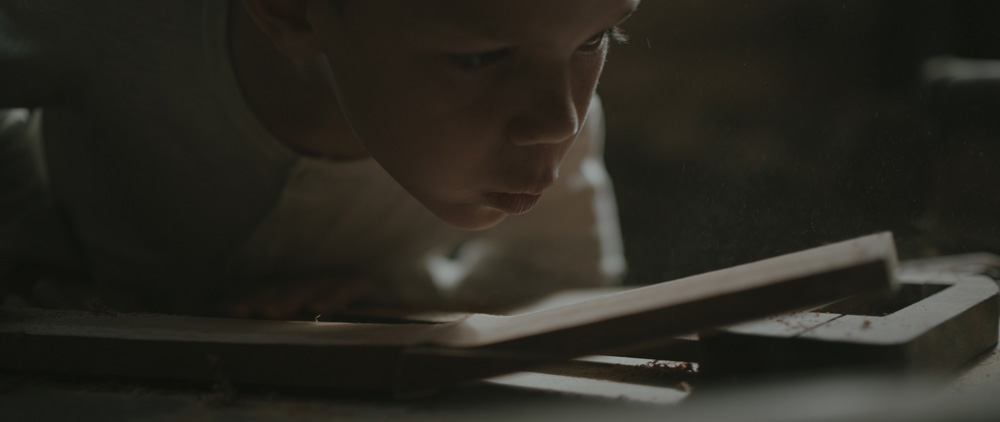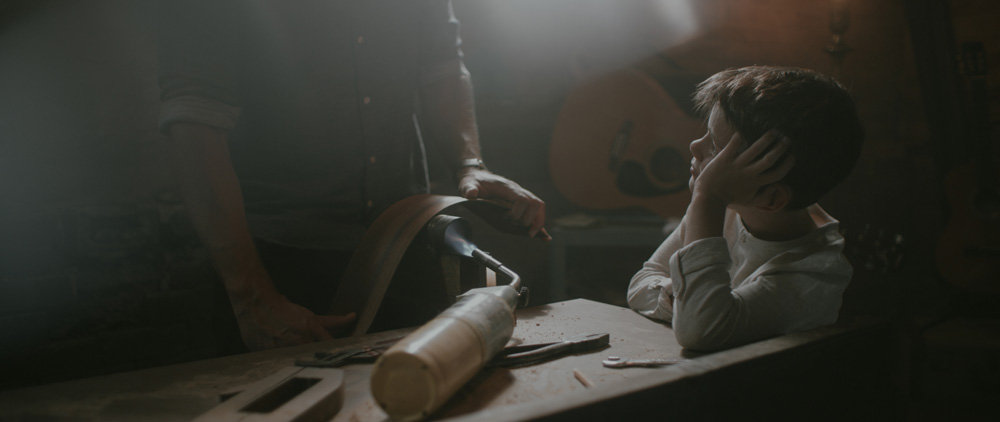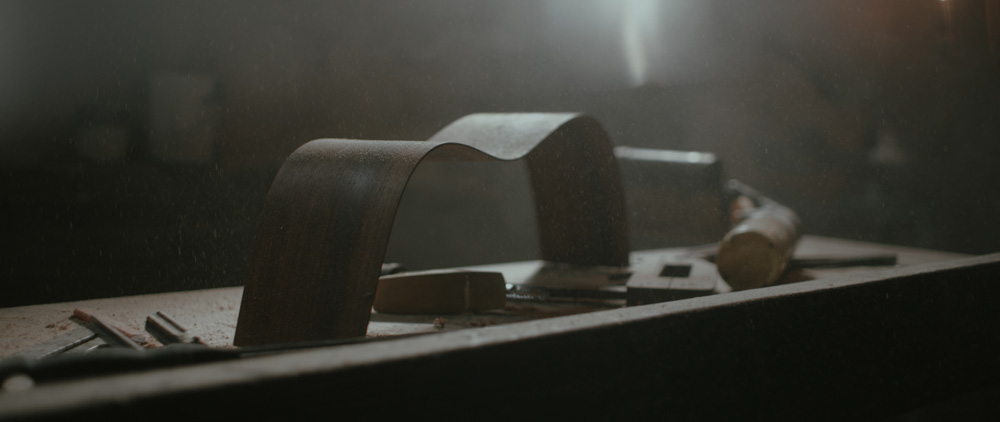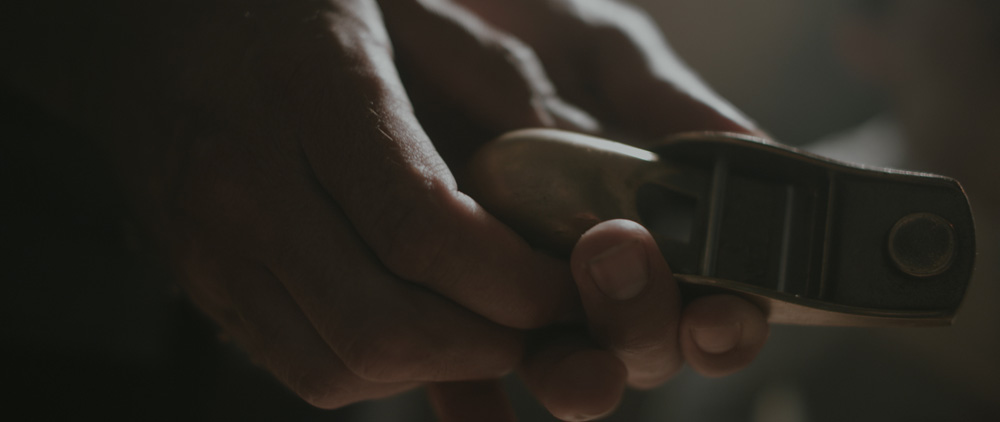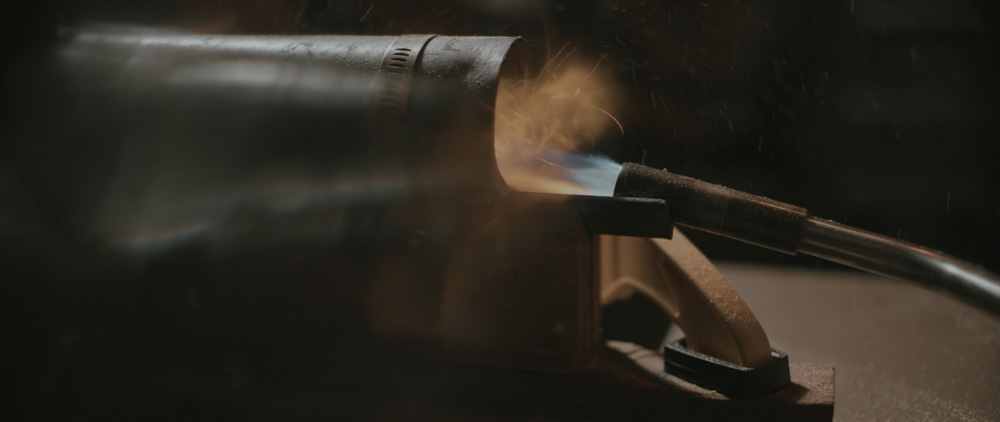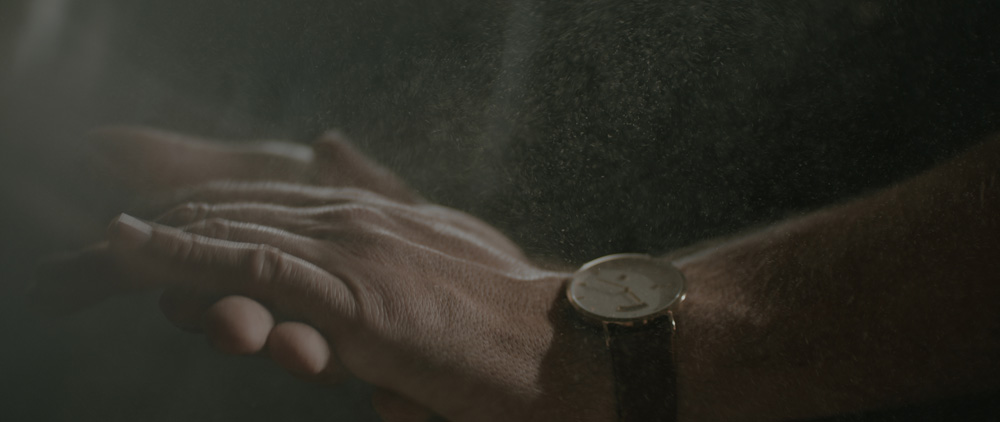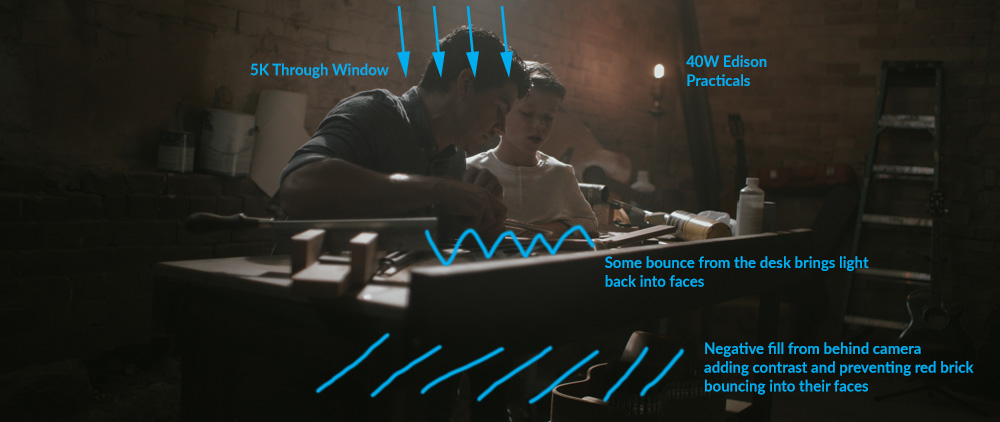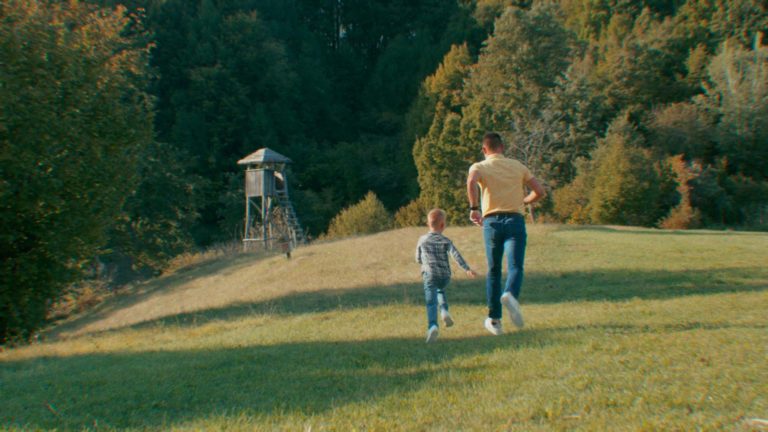Recently we reported that the first released footage of the new RED Helium 8K sensor was graded with the help of our LUTs. The man behind the lens responsible for creating that astonishing piece of video was Jared Fadel. We sat down (well virtually) for an interview with Jared to learn a bit more about his work, what inspires him, and to learn how he does what he does.
Jared was kind enough to share with us some behind the scenes insights from his work and the process behind creating the beautiful commercial for Arvo Watches and Apparel, for which he used our LUTs in the color grading process.
First, things first, here’s the beautiful commercial “Holding On”:
So tell me a little about yourself.
“I am a filmmaker by way of imagery… a commercial cinematographer living in Salt Lake City, Utah. I am also a newlywed as of August 4th. It’s good to have this on record so I don’t forget that date. Ha!”
For how long have you been a filmmaker?
“I could say I began filmmaking when I was a senior in high school, about 7 years ago. I made my first short film then. During that time, I was telling different stories, not really knowing what I wanted to do with it in the future. I did parkour videos with my friends, I then tried weddings. It wasn’t until about 2 years ago I decided what I loved in the filmmaking world. I chose to specialise in cinematography. I gave up trying to be the jack-of-all trades. Ever since then I noticed astronomical growth… I couldn’t be happier with the decision.”
What made you pick up the camera in first place?
“In a past life, I was a parkour athlete. This was in high school. I had a stunt team where we got together often. We would share our improvements and help out each other to excel in that art. I got a camera for my birthday, and began filming my friends doing parkour. I found myself doing less of the stunts and more of the filming. This lead to a short film I made based on how a traceur (parkour athlete) sees the world.“
Is it the same things that get you going today as it was back then? If not, what is it now that drives you?
“My base motivations are roughly the same, ‘go out and tell compelling stories.’ However, today it is slightly different. I seek ways to tell a story by mood, atmosphere, ambience, light, and lens. I consider the characters and find ways to best highlight them or their actions depending on what is happening in the story.
When I was wearing every hat on set, I was looking for key things and missing so much of what could have been. However, now I can just give my all in my departments and have the other departments bring everything they can in theirs. This is what made a difference in the films I have been working on. The collaboration with specialised craftsmen.“
What would you say are the most important things you have learned about cinematography?
For me, the obsession with light has been the key thing.
“Understanding what the camera sees and how to create great, convincing light is what it is about. Lenses and camera can vary the aesthetic of a project and that is a much easier thing to achieve. However, you can’t just put up a light and get the instant results like a lens. You have to craft the light and shape it to be what works for the story. The most important thing for me has been becoming better at knowing how to create great, natural looking light.
My hobby has been observing light everyday. It is always present in different qualities anywhere. I go about observing my surroundings, sometimes taking pictures and documenting them in a folder, categorising them. This is so I can recreate that light when the project calls for it.“
What would you say is the most important thing you have learned about color grading?
“I am no colorist by any means. The way colorists work is fascinating. I occasionally do color grade some of my own work.
The most important things I have learned are:
- Take breaks often, I know the eyes adjust to an image and room color. So I step out for a while, and come back in, sometimes hating what I did, sometimes I feel that it works.
- Small adjustments go a long way. This has to do with our eyes adjusting to an image. The small adjustments are bigger than we think.
- Don’t trust your monitor unless it’s a special coloring monitor, like the Flanders Scientific. I own one and love it.
- Get it all in camera. I try to get everything in camera. Absolutely everything. Don’t expect the colorist to fix the errors, they can, and often will, just don’t be lazy on set. I think a colorist will appreciate the DP doing a good job in making the images as close to delivery as possible. I love colorists for complimenting and boosting the effect of the images. Even the shift of color science with LUTs to take the digital color out of it.”
We couldn’t agree with you more 🙂
Let’s talk a bit about work. What do you mainly shoot today?
“I primarily do commercials and music videos“
Why this? What is it you like about it?
“I love the short form projects. I just love variety. I can be working on a spot one day. Then, I can be working on a music video the next day or so. In fact, that is what happened with “The Underdog“, the boxing film with director Jonny Mass. I was shooting “The Underdog” all day and as soon as we wrapped I was on the plane to my next gig, a music video.
I do love narrative work. The mentality is different and the approach is different than commercials. I have shot some shorts and love them. I don’t do many because I have to be very select with the ones I choose. I feel like I am not where I want to be to do a feature yet. Since those are a bigger commitment, I would have to absolutely love the script and love the people I am working with.“
Tell me about the Arvo – Holding On spot.
“Arvo is a moving story, a nostalgic piece that resonates to some who have had a similar relationship with their father. This one was very much inspired by the director’s own relationship with his father.
Cameron Gade, the director, is a very thoughtful director. When it comes to portraying emotions he seeks out other people’s experiences, sometimes his own and utilises those in his projects. He has a great ability to share feelings from his memories and experiences and have people feel something similar.“
What were the obstacles you faced?
“Fortunately there weren’t many issues. I guess the main obstacle was changing the location the very last minute. However, it worked out for the best as I was able to achieve the look much easier with less setup.”
Let’s talk about the color. Could you tell me how did you achieve the final grade?
“I used the Phenakite LUT from the Cine Looks category of the Professional Package.”
I liked the way it shifted the colors and especially the shadows to the hue I was going for
Tell me a bit about the workflow of the color grade.
“The overall image, as it was shot, was very much a warmer and moody look. I wanted to shift the shadows to compliment that by adding the greener shadows. I chose this to keep the warmer hue. I could’ve gone with a blue but that would’ve changed the mood completely.”
Would you say that without the LUTs your turnover would be slower?
“The LUTs definitely helped make the grade much quicker. I didn’t have to take much time to find the look. It really was about dropping in the LUT and knowing whether that was where I wanted to start.”
May I ask what is it that you most like about our LUTs? Which are your favourite?
I have to say, these have been the best LUTs I have worked with.
“I have used many LUT packages and this one provides me with what I need. It has instant looks and it also has some that have simple changes to the color science that allow you to grade from scratch. The variety in the 156 LUT package is ideal. I find myself laying out different frames with different applied LUTs and just feeling out what suits the story best.
There is one thing about shooting it right and getting the look I want. Then, when in the coloring suite, I find that some of these LUTs bring stuff that I couldn’t in camera without the internal monitoring LUTs.“
Could you share with us your thought on the RED Dragon’s image? Any advice for shooters using our LUTs with the Dragon?
“For advice, one thing that would be wise to do is test out the LUTs to figure what you think will work for the project, beforehand. Then apply the LUT to your monitor while on set so that way you can really nail the look in camera and have the colorist apply that same LUT and cut a lot of time looking for one that works.”
Let’s talk a bit about the lighting. How did you light the video?
“The project’s lighting was very simple. We used 5K of light blasting through the window in the back. Then we had two Edison 40w light bulbs as practicals. The walls just behind camera were all negative fill, avoiding the red brick bouncing back into their faces, this helped create the contrast.”
Thank you Jared for taking the time to do this interview. It was a pleasure! Keep doing the excellent work that you’re doing.
For more of Jared’s amazing work visit his website or his Instagram profile.

